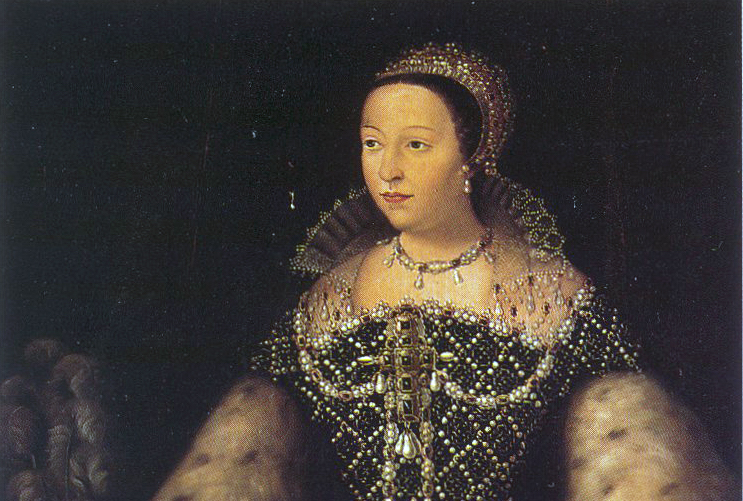
If you visit Italy and compliment the food, someone will invariably tell you, “Well, we taught the French to cook, you know. They ate like savages before we rescued them.”
The story goes like this:
Catherine de Medici was the daughter of the Duke of Urbino, of the powerful de Medici family of Florence, and in 1533 she was married off to the future king of France.
Florence was then the home of the Renaissance, the beating heart of European culture. The sophisticated Catherine brought with her an entourage which included her talented Italian chefs. Over the course of her long reign as queen, Catherine’s court developed the first haute cuisine in France.
Is it true? I looked into the question and you might enjoy finding out what I learned.
Read all about it in Frenchly!

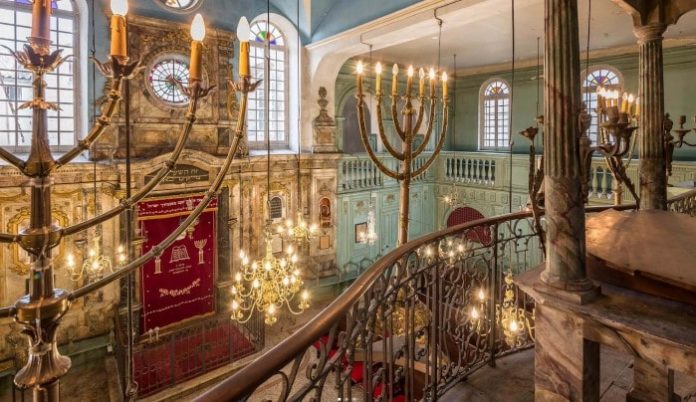
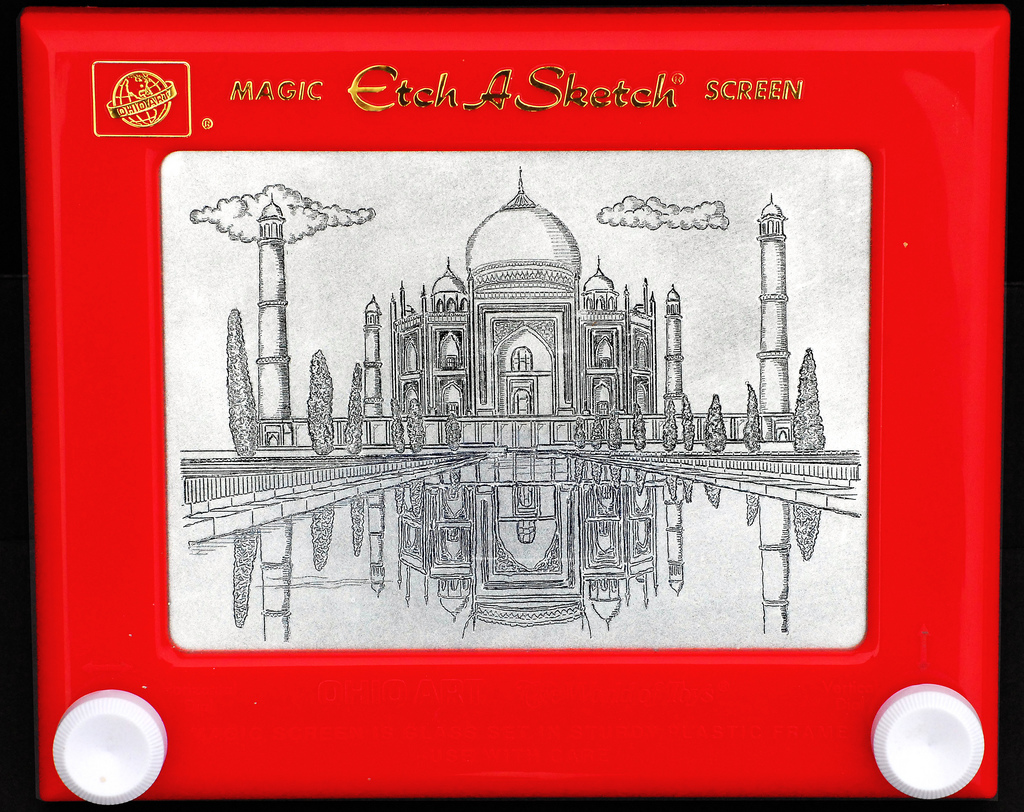
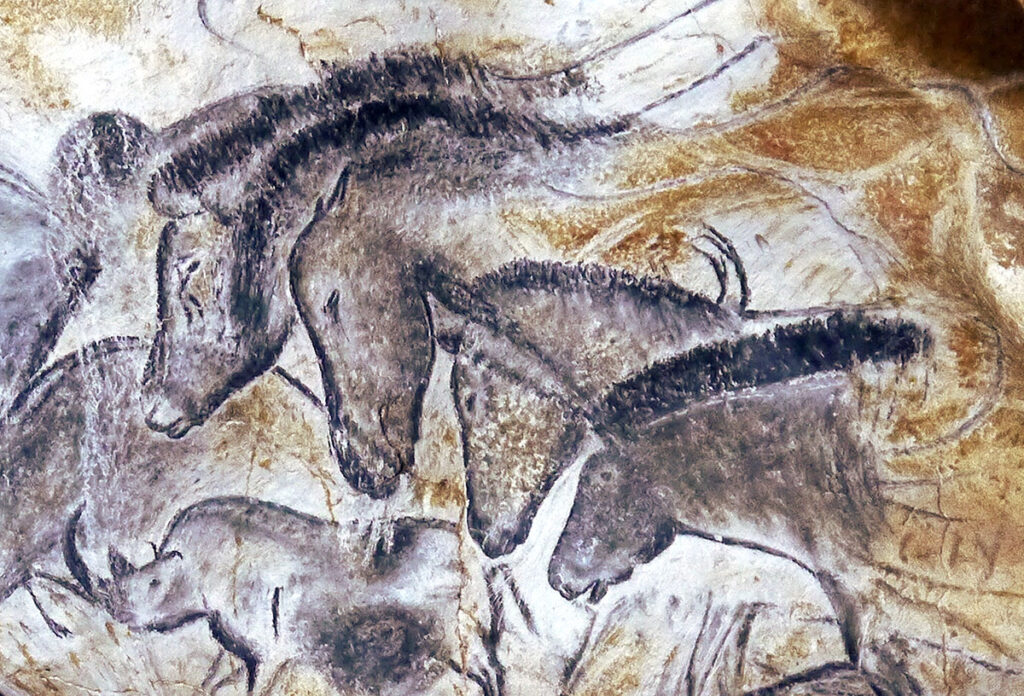
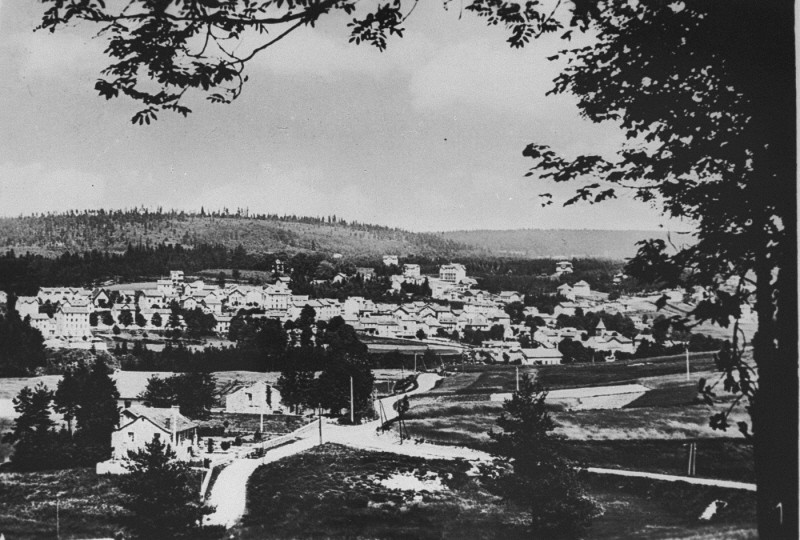
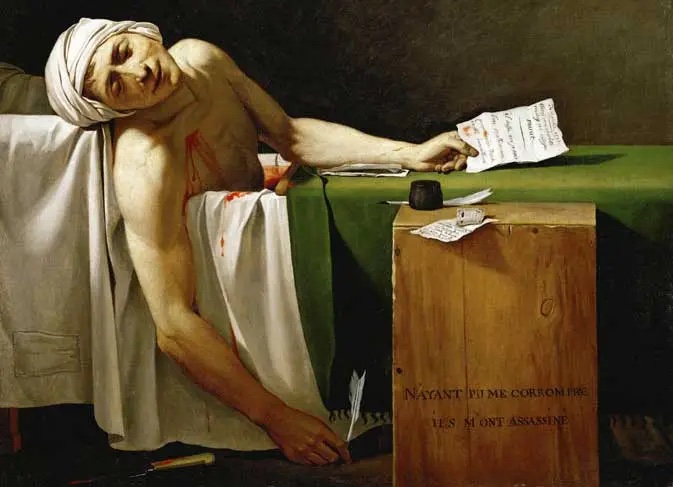
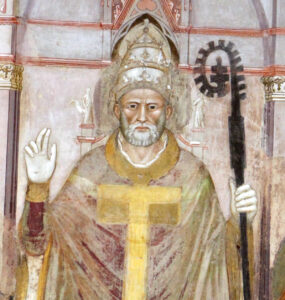


 You may have heard of the “Fifth Republic of France” and wondered what it meant. Hasn’t France been a republic since long ago, back when they stormed the Bastille and all? Well, yes and no.
You may have heard of the “Fifth Republic of France” and wondered what it meant. Hasn’t France been a republic since long ago, back when they stormed the Bastille and all? Well, yes and no.